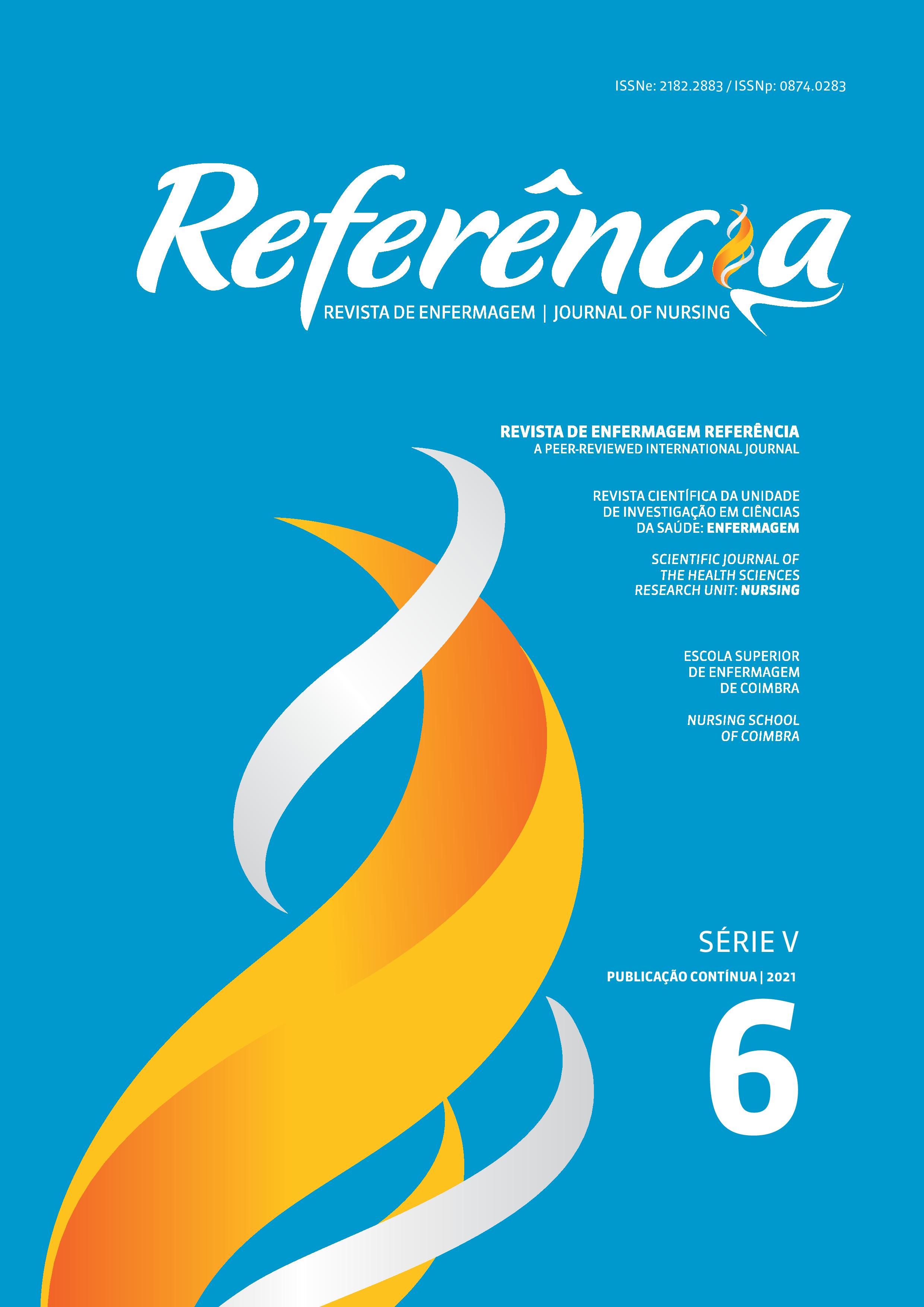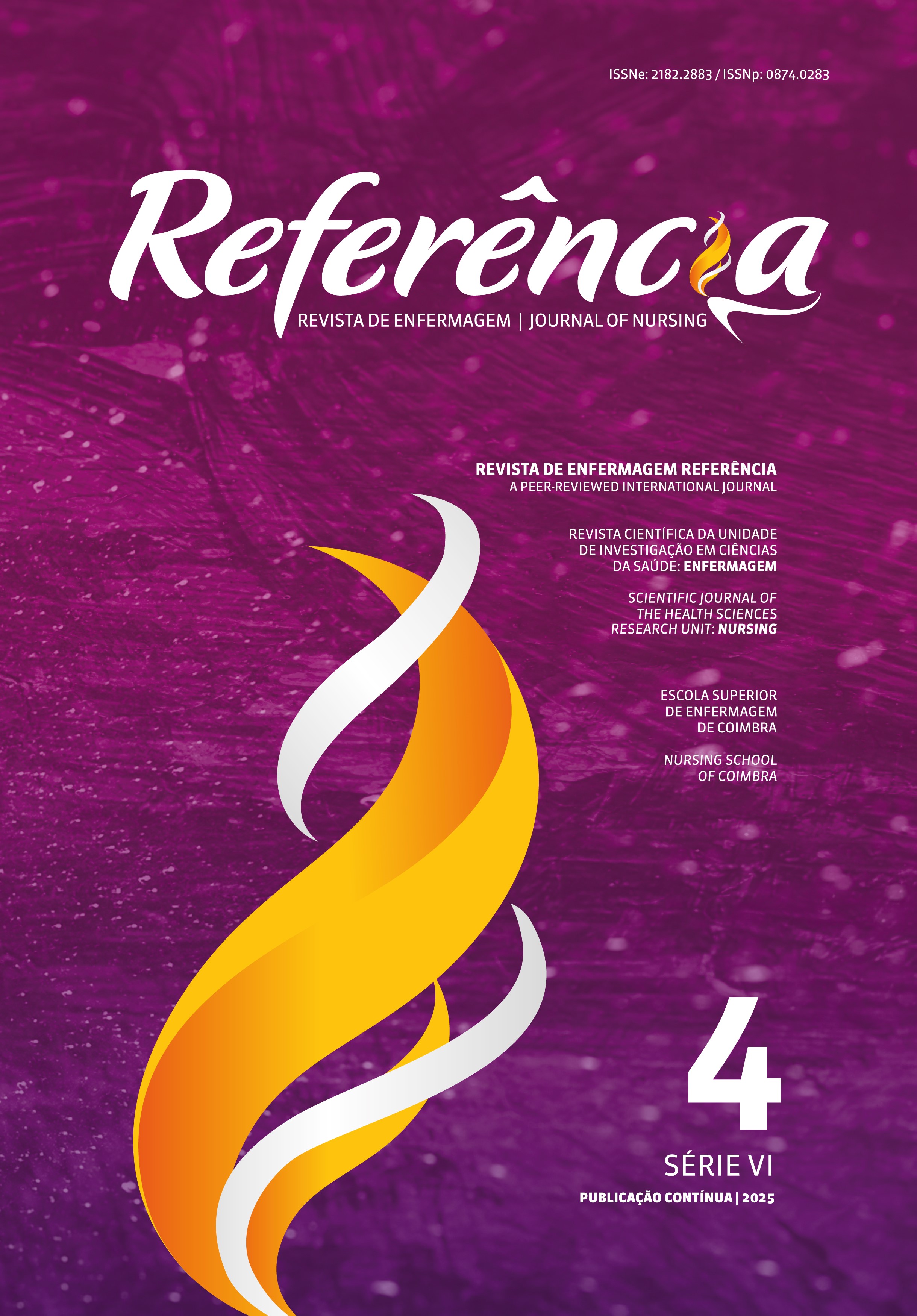Programas de ejercicio físico para el dolor musculoesquelético relacionado con el trabajo: protocolo de revisión exploratoria (scoping review)
DOI:
https://doi.org/10.12707/RV20092Palabras clave:
enfermedades musculoesqueléticas, dolor musculoesquelético, prevención secundaria, lugar de trabajo, ejercicio físico, salud ocupacionalResumen
Contexto: El dolor a nivel musculoesquelético es un problema muy frecuente en trabajadores de diferentes contextos laborales. El ejercicio físico puede contribuir a la prevención y reducción de este fenómeno.
Objetivos: Mapear los programas de ejercicio físico para el dolor musculoesquelético relacionado con el trabajo.
Método de revisión: Se considerará la estrategia de definición de los participantes, el concepto y el contexto (PCC) propuesta por el Instituto Joanna Briggs. Se incluirán las bases de datos: CINAHL Complete; PubMed; Scopus; SciELO; PEDro; SPORTDiscus. La búsqueda de estudios no publicados incluirá: DART-Europe; OpenGrey; RCAAP. Se considerarán para su inclusión y análisis los estudios publicados en inglés, español y portugués. La selección de los artículos, la extracción y la síntesis de los datos serán desarrolladas por dos revisores independientes.
Presentación e interpretación de los resultados: Los datos analizados se presentarán en forma de diagrama, tabla y descripción.
Conclusión: El mapeo de los programas de ejercicio físico dirigidos a la prevención del dolor musculoesquelético relacionado con el trabajo puede llevar a reflexionar sobre los más adecuados y a identificar las áreas prioritarias.
Descargas
Citas
American College of Sports Medicine. (2018). ACSM’s Guideline for exercise testing and prescription (10th ed.). Wolters Kluwer Health. https://www.acsm.org/read-research/books/acsms-guidelines-for-exercise-testing-and-prescription
Andersen, L. N., Mann, S., Juul-Kristensen, B., & Sogaard, K. (2017). Comparing the Impact of specific strength training vs general fitness training on professional symphony orchestra musicians. Medical Problems of Performing Artists, 32(2), 94-100. https://doi.org/10.21091/mppa.2017.2016
Buckley, J. P., Hedge, A., Yates, T., Copeland, R. J., Loosermore, M., Hamer, M., Bradley, G., & Dunstan, D. W. (2015). The sedentary office: A growing case for change towards better health and productivity. Expert statement commissioned by Public Health England and the Active Working Community Interest Company. British Journal of Sports Medicine, 0, 1-6. http://dx.doi.org/10.1136/bjsports-2015-094618
Centers for Disease Control and Prevention. (2020). Work-related musculoskeletal disorders & ergonomics. https://www.cdc.gov/workplacehealthpromotion/health-strategies/musculoskeletal-disorders/index.html
Commissaris, D., & Douwes, M. (2019). Recommendations and interventions to decrease physical inactivity at work. OSHwiki, EU. https://oshwiki.eu/wiki/Recommendations_and_interventions_to_decrease_physical_inactivity_at_work
Direcao-Geral da Saude. (2016). Estratégia nacional para a promoção da atividade física, da saúde e do bem-estar. Autor. https://www.dgs.pt/documentos-e-publicacoes/estrategia-nacional-para-a-promocao-da-atividade-fisica-da-saude-e-do-bem-estar-pdf.aspx
Kelly, D., Shorthouse, F., Roffi, V., & Tack, C. (2018). Exercise therapy and work-related musculoskeletal disorders in sedentary workers. Occupational Medicine, 68(4), 262–272. https://doi.org/10.1093/occmed/kqy054
Kok, J., Vroonhof, P., Snijders, J., Roullis, G., Clarke, M., Peereboom, K., Van Dorst, P., & Isusi, I. (2019). Work-related MSDs: Prevalence, costs and demographics in the EU. https://osha.europa.eu/pt/publications/summary-msds-facts-and-figures-overviewprevalence-costs-and-demographics-msds-europe/view
Laux, R. (2019). Scientific production on workplace physical activity intervention programs: Intervention studies and their outcomes. International Physical Medicine & Rehabilitation Journal, 4(4),156‒159. http://10.15406/ipmrj.2019.04.00191
Lowe, B., & Dick, R. (2014). Workplace exercise for control of occupational neck/shoulder disorders: A review of prospective studies. Environmental Health Insights, 8(s1), 75–95. https://doi.org/10.4137/EHI.S15256
Moreira-Silva, I., Mota, J., Abreu, S., & Alves, S. (2017). The effects of workplace physical activity programs in musculoskeletal pain: A systematic review. Medical Safety & Global Health, 6, 136. https://doi.org/10.4172/2574-0407/1000136
Neves, R., Araujo, S., Magalhaes, L., & Lima, M. (2018). Workplace physical activity in Brazil from 2006 to 2016: Scoping review. Revista Brasileira de Medicina do Trabalho, 16(1), 82-96. https://doi.org/10.5327/Z1679443520180078
Peters, M. D., Godfrey C., McInerney P., Munn Z., Tricco A. C., & Khalil, H. (2020). Chapter 11: Scoping Reviews. https://wiki.jbi.global/display/MANUAL/Chapter+11%3A+Scoping+reviews
Serra, M., Scalon, J., Tonello, M., & Quemelo, P. (2020). Musculoskeletal disorders, stress perception and physical activity in police officers. Fisioterapia e Pesquisa, 27(1), 22-27. https://doi.org/10.1590/1809-2950/18029227012020
Sogaard, K. & Sjogaard, G. (2017). Physical activity as cause and cure of muscular pain: Evidence of underlying mechanisms. Exercise and Sport Sciences Reviews, 45(3), 136–145. https://doi.org/10.1249/JES.0000000000000112
Sowah, D., Boyko, R., Antle, D., Miller, L., Zakhary, M., & Straube, S. (2018). Occupational interventions for the prevention of back pain: Overview of systematic reviews. Journal of Safety Research, 66, 39-59. https://doi.org/10.1016/j.jsr.2018.05.007
Sundstrup, E., Seeberg, K. G., Bengtsen, E., & Andersen, L. L. (2020). A systematic review of workplace interventions to rehabilitate musculoskeletal disorders among employees with physical demanding work. Journal of Occupational Rehabilitation, 30, 588-612. https://doi.org/10.1007/s10926-020-09879-x
Tricco, A. C., Lillie, E., Zarin, W., O’Brien, K. K., Colquhoun, H., Levac, D., Mother, D., Peters, M. D., Horsley, T., Weeks, L., Hempel, S., Akl, E. A., Chang, C., McGowan, J., Stewart, L., Hartlin, L., Aldcroft, A., Wilson, M. G., Garritty, C. … Straus, S. E. (2018). PRISMA extension for scoping reviews (PRISMA-ScR): Checklist and explanation. Annals of Internal Medicine, 169(7), 467-473. https://doi.org/10.7326/M18-0850
Van der Beek, A. J., Dennerlein, J. T., Huysmans, M. A., Mathiassen, S. E., Burdorf A., Van Mechelen, W., Van Dieen, J. H., Frings-Dresen, M. H., Holtermann, A., Janwantanakul, P., Van der Molen, H. F., Rempel, D., Straker, L., Walker-Bone, K., & Coenen, P. (2017). A research framework for the development and implementation of interventions preventing work-related musculoskeletal disorders. Scandinavian Journal of Work, Environment & Health, 43(6), 526–39. https://doi.org/10.5271/sjweh.3671
Vos, T., Abajobir, A. A., Abate, K. H., Abbafati, C., Abbas, K. M., Abd-Allah, F., Abdukaler, R. S., Abdulle, A. M., Abebo, T. A., Abera, S. F., Aboyans, V., Abbu-Raddad, L. J., Ackerman, I. N., Adamu, A. A., Adetokunboh, G., Afarideh, M., Afshin, A., Agarwal, S. K., Aggarwal, R., … Murray, C. J. (2017). Global, regional, and national incidence, prevalence, and years lived with disability for 328 diseases and injuries for 195 countries, 1990–2016: A systematic analysis for the Global Burden of Disease Study 2016. The Lancet, 390(10100), 1211–1259. https://doi.org/10.1016/S0140-6736(17)32154-2






















